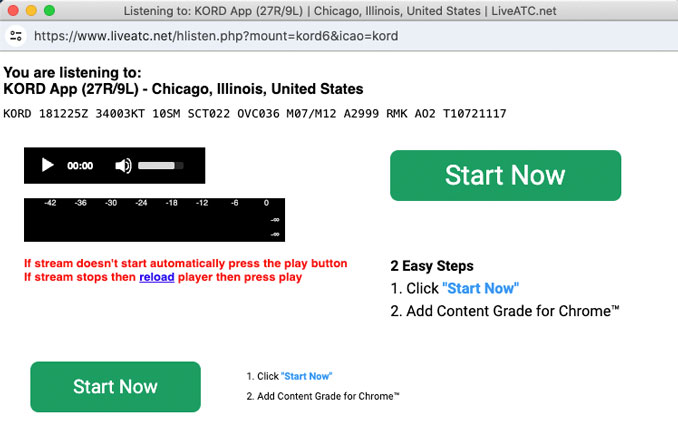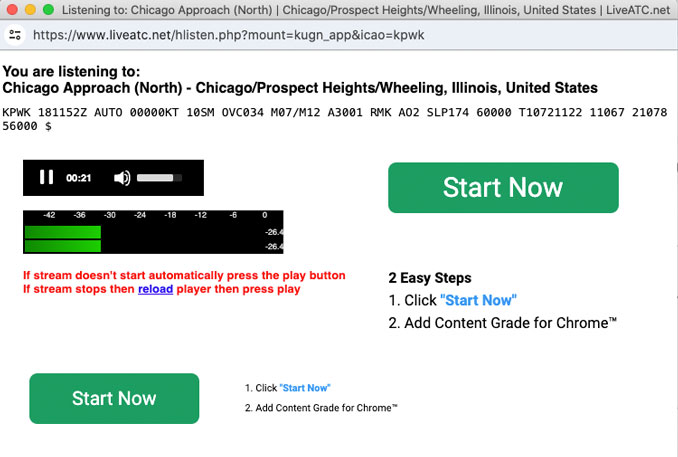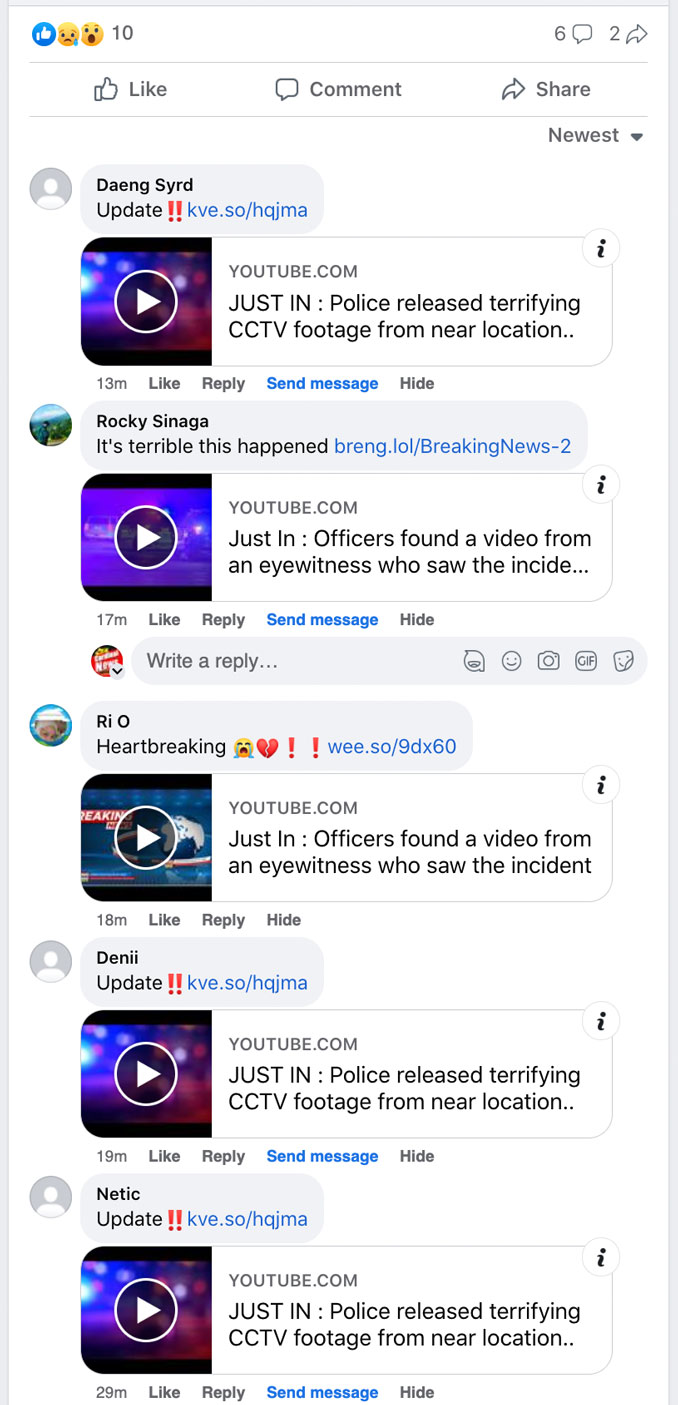CARDINAL NEWS attempts to control spam on company social media accounts and on ads that are displayed on official news site web pages by deleting and/or reporting spam. CARDINAL NEWS works behind the scenes to attempt to minimize spam exposure for our readers, which is a little like unwanted keeping weeds out of a garden.
CARDINAL NEWS also attempts to keep readers aware of spam control efforts occurring on company social media accounts and official news websites.
Two types of official messages to readers on our social media accounts indicate that CARDINAL NEWS is aware of spam and has taken action by …
1) a general warning notifying users of known spam occurring in a specific comment section, and/or
2) a confirmation notification to users that a spam message has been discovered and then deleted and/or reported …
Examples …
#1) PRO-ACTIVE GENERAL WARNING MSG
!!! Beware of spam links in comments section … they may contain harmful links !!!
#2) SPECIFIC CONFIRMATION MSG …
A spam message was reported and deleted within XX hours from this post.
ABOUT SPAM
Spam messaging involves the improper use of legitimate messaging systems to send multiple unsolicited or illegitimate messages (spam) to large audiences for the purpose of commercial advertising, criminal phishing and malware insertion, amplifying a social media profile, non-commercial proselytizing, and random harassment.
Spamming involves clickbait to deceive users into following a link or graphic, and also involves brute mass messaging (overloading victims with nonsense).
Spamming can occur in …
Social media comment sections of platforms such as Facebook, YouTube and Twitter;
text message accounts;
instant messaging;
Usenet newsgroups;
Web search engines;
website and blogs*;
wiki spam;
online classified ads spam;
Internet forum;
junk fax transmissions;
mobile apps;
malware on smartphones;
television advertising; and
file sharing spam
*Sometime websites and mainstream news websites (intentionally or unintentionally) allow spammy ads near content that can confuse readers by blurring the line between content and advertisements.
AD SPAM
Spam can also occur in the ad sections of websites and news websites that use ads for income.
Here is an example of spammy ads in a website that serves aircraft traffic control audio online. In the example below, the website liveatc.net (for example) may not have effective control over spammy ads, but is not necessarily deliberately allowing the spammy ads to display near their content. In the example screenshots below, a user that is tired, multi-tasking or distracted might inadvertently touch or click on the larger “Start” buttons (on ads) instead of the desired smaller play button which activates the desired audio air traffic control playback.


Another common technique that spam advertisers use is a large CONTINUE button in ad space in the content of a web page. Some readers may touch or click the CONTINUE button, thinking that this button is helping them continue to get more content in the article, but actually it leads the reader to an undesired web location that may have malware or unwanted content. Sometimes the landing page (outside of CARDINAL NEWS) referred by the CONTINUE button ad has multiple placed ads on the landing page that might produce fake clicks that generate illegitimate income for the spam advertisers.
Keep in mind that website and news site publishers don’t have real time control of ads that appear on their websites. Publishers can choose where ads are displayed on their websites, and can control certain categories of ads that appear on their websites to reduce the chance of bad ads appearing. However, there are many occasions when bad ads produced by bad actors get around controls, and then appear on websites. When bad ads circumvent control methods, they are often detected retrospectively and are removed reactively instead of proactively. Bad ads in certain time periods keep appearing like unwanted weeds in a garden. Keep in mind that good ads help keep websites free without the cost of a subscription, but that it is frustrating for concerned publishers to detect bad ads being served to readers. It is enjoyable for concerned publishers to see good ads being served that might interest readers. There is a continual effort to minimize the appearance of bad ads on CARDINAL NEWS.
For example, CARDINAL NEWS works daily or weekly to check our ad inventory and rid CARDINAL NEWS websites of ads with CONTINUE buttons and START buttons, and also acts to remove other ads that are identified as bad ads.
Please beware that some publishers deliberately place misleading or low quality ads near their news or information content, or even mix it in with news or information content.
FACEBOOK & YOUTUBE SPAM
Comments spam commonly involves the comments section of Facebook and YouTube. Offenders commonly post a fake link that is often disguised as a YouTube link or other link purporting to show more information about the news article posted by the Facebook page or YouTube account administrator. The spam often infests Facebook pages from news sites and even official police department pages where official press releases are posted.

CARDINAL NEWS uses undisclosed security procedures to minimize spammy content on official websites and social media.
This spam information page you have read provides limited disclosure of spam control methods to readers (for security reasons) to limit revelation of security methods used, which could be defeated by spammers.
See also …

 Amazon Best Sellers in Audible Books
Amazon Best Sellers in Audible Books